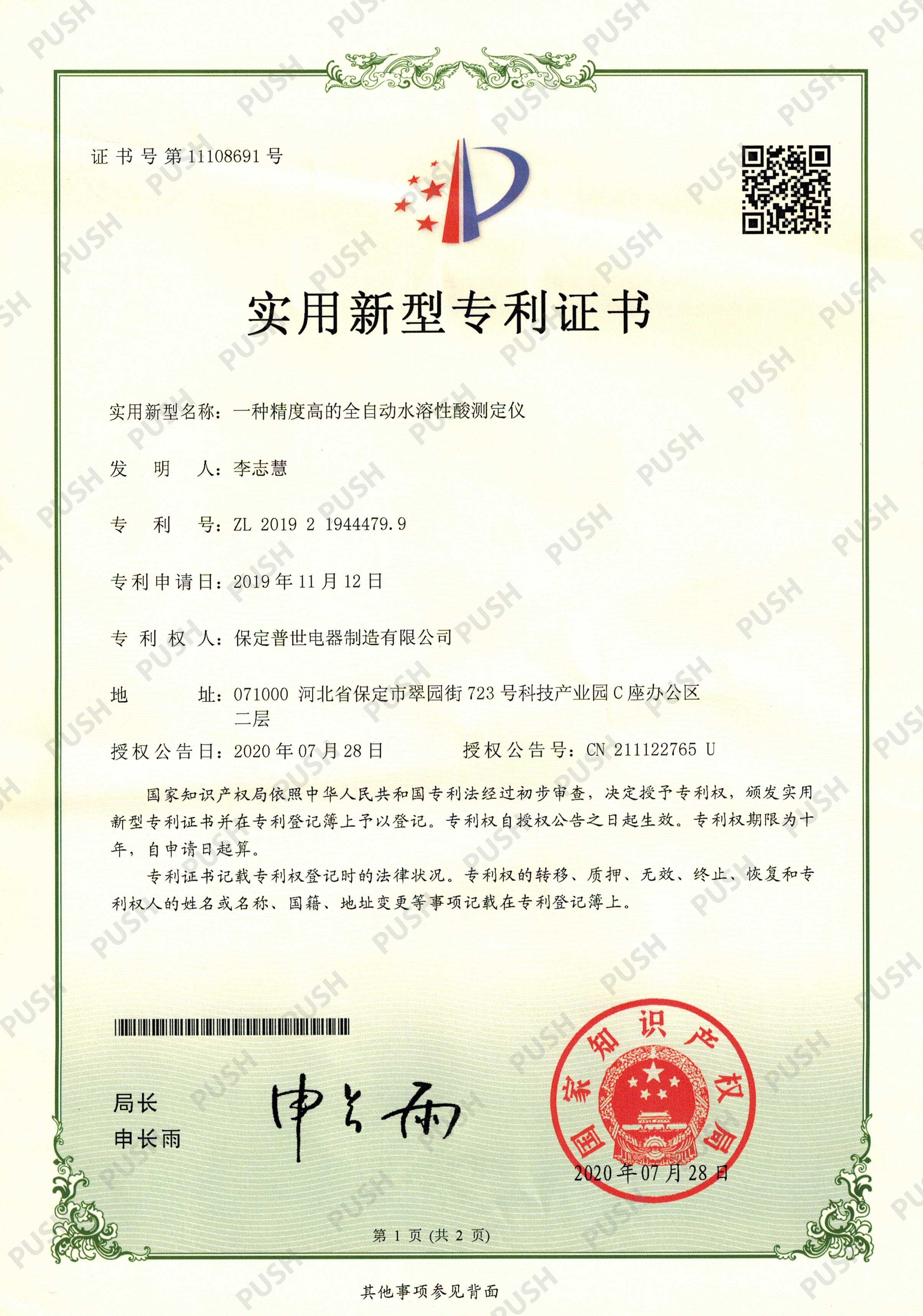 English
English


insulation test reading
Understanding Insulation Test Readings Importance and Interpretation
Insulation testing is a critical aspect of electrical safety and reliability. It ensures that electrical systems are protected against potential faults and that the insulation materials used can withstand operational conditions without allowing unintended current flow. This article will delve into the significance of insulation test readings, the methods used for testing, and how to interpret these readings effectively.
What is Insulation Testing?
Insulation testing involves measuring the electrical resistance of insulating materials within an electrical system. The primary goal is to identify any degradation or faults that may lead to electrical leaks. These tests help prevent electrical shocks, fires, and failures that could result from insulation breakdown. Common applications include testing motors, transformers, cables, and switchgear.
Types of Insulation Tests
There are several methods to perform insulation tests, with the most common being the Megger test. This test uses a Megohmmeter to apply a high DC voltage to the insulation material and measures the resulting resistance. Other methods include
1. Time-Resistance Testing This method measures insulation resistance over a specified period, usually ranging from 1 to 10 minutes, allowing for the assessment of insulation condition over time.
2. Dielectric Absorption Ratio (DAR) This method compares the insulation resistance reading taken at different times to gauge the quality of the insulation. A higher ratio indicates better insulation condition.
3. Polarization Index (PI) Similar to the DAR, the PI gives insight into the insulation quality by comparing the insulation resistance measured after 1 minute and 10 minutes of application of voltage. Values above 2.0 are generally considered acceptable.
Importance of Insulation Resistance Readings
The significance of insulation test readings cannot be understated. Low insulation resistance can indicate moisture ingress, physical damage, or degradation due to temperature and operational stress. Regular insulation testing helps in
insulation test reading

- Preventative Maintenance By identifying issues before they turn into significant failures, companies can schedule maintenance efficiently, reducing downtime and repair costs.
- Safety Assurance Insulation testing protects employees and equipment by ensuring that electrical systems are functioning safely.
- Compliance Many industries are subject to regulations that mandate regular insulation testing, thereby ensuring compliance and standardization across the board.
Interpreting Insulation Test Readings
Interpreting insulation test readings requires understanding the expected resistance values for different types of equipment. Generally, a resistance reading of 1 MΩ or more is considered acceptable for most electrical systems; however, this can vary based on specific applications and factors such as
- Voltage Level Higher voltage systems tend to require higher insulation resistance levels. - Equipment Type Motors and transformers might have different acceptable values than low-voltage systems.
- Environment Factors like humidity, temperature, and exposure to chemicals can influence the performance of insulation materials.
If readings fall below acceptable thresholds, it's vital to investigate further. Issues might be as simple as moisture contamination, or they could indicate significant wear and tear. A detailed analysis may involve reviewing operational history, assessing environmental conditions, and considering the age of the equipment.
Conclusion
In conclusion, insulation test readings play a vital role in ensuring the safety and reliability of electrical systems. By regularly conducting insulation tests and accurately interpreting the results, organizations can maintain high operational standards, enhance safety, and comply with regulatory requirements. Whether you are a technician, an engineer, or a facility manager, understanding insulation testing is essential in the modern electrical landscape. Regular monitoring and timely maintenance based on test results will undoubtedly lead to a safer and more efficient working environment.
-
Differences between open cup flash point tester and closed cup flash point testerNewsOct.31,2024
-
The Reliable Load Tap ChangerNewsOct.23,2024
-
The Essential Guide to Hipot TestersNewsOct.23,2024
-
The Digital Insulation TesterNewsOct.23,2024
-
The Best Earth Loop Impedance Tester for SaleNewsOct.23,2024
-
Tan Delta Tester--The Essential Tool for Electrical Insulation TestingNewsOct.23,2024





